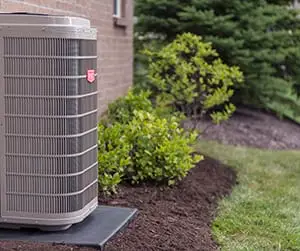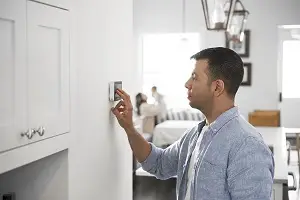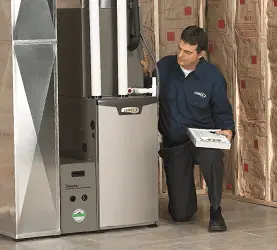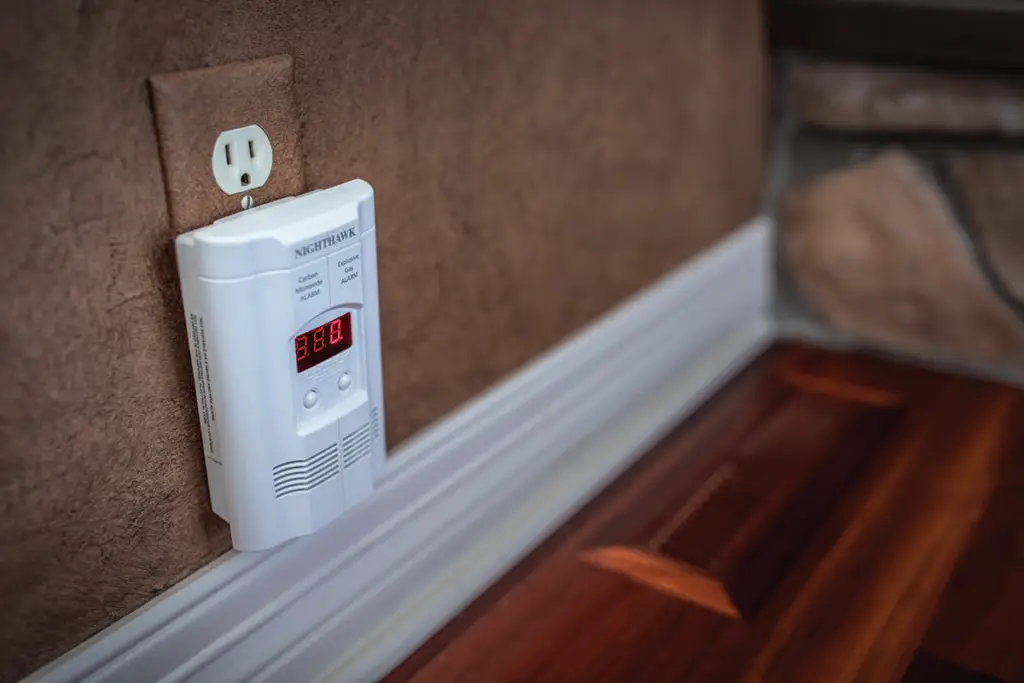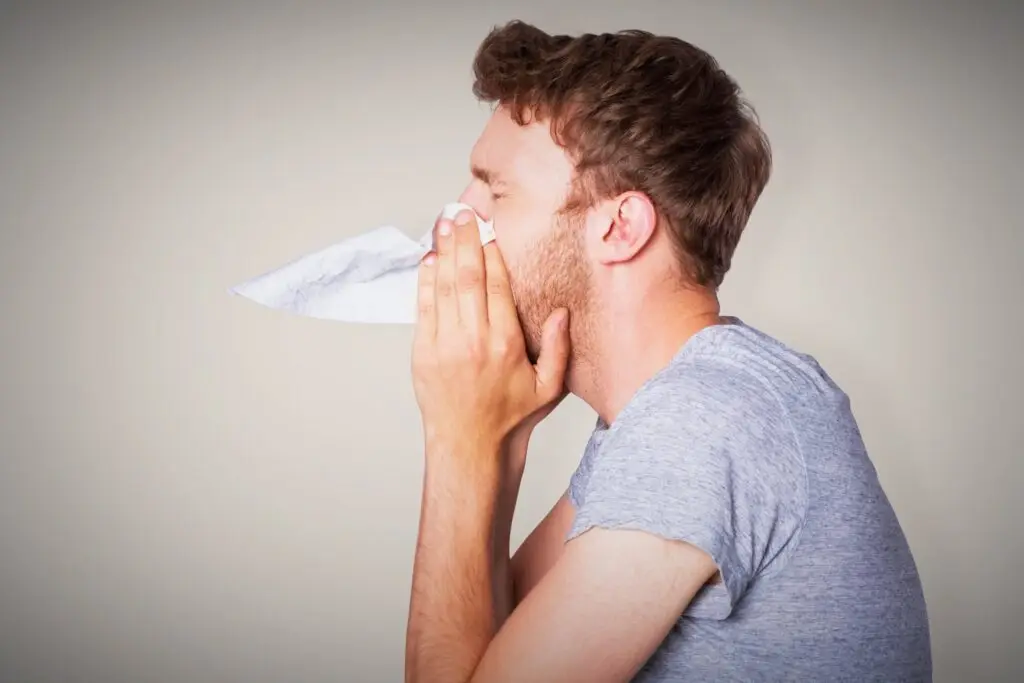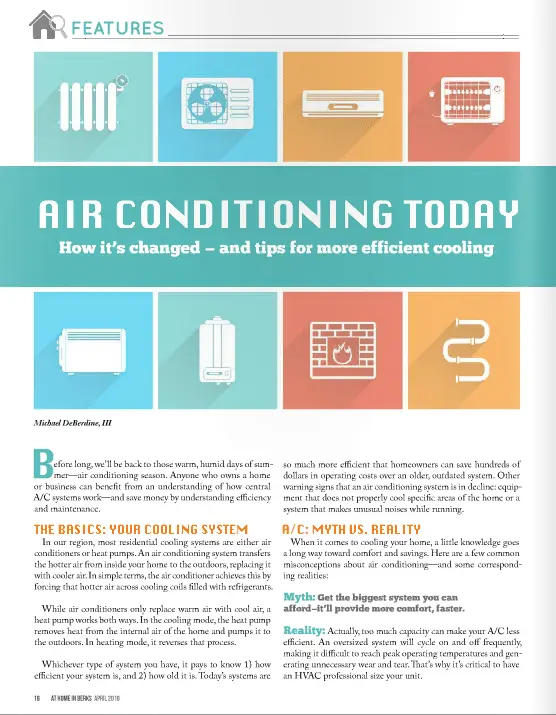Why is my air conditioner not working?
As the summer starts to heat up and temperatures being to rise, many homeowners will be turning on their air conditioners to stay cool. The beginning of the summer is when we receive calls from homeowners that their air conditioners are not working properly. There are several reasons that could be behind why your AC is not cooling your home. DIY Tips We’ve compiled a list of things for you to check on your own and also what type of problems warrant a service appointment. Check to see if the thermostat is on COOL. The temperature should be set to below the room temperature. If your central AC systems blows cool air sometimes and lukewarm air other times, the fan setting may be set to ON. This runs the fan 24/7, even if the air is not being cooled. Switch the fan to AUTO. When was the last time you checked your air filter? A dirty filter reduces airflow making your air conditioner work harder to circulate cool air through your home. Have your breakers tripped? Check both the breaker for the inside unit (furnace/air handler) or the outside condensing unit to make sure they are on. When was the last time you checked your outdoor unit? Is it dirty or blocked by weeds or debris? Your outdoor unit pulls hot air from your home. If a filter is blocked or dirty, it cannot dissipate heat. This is an easy fix. Remove any debris from around the unit. Also, make sure there is a 2 to 3 foot clearance around the unit to allow for adequate airflow. Here are a few problems that require a service visit from a professional. Do you see ice on the copper lines and the outside of unit? This is a tell-tale sign that your unit has low refrigerant or a refrigerant leak. An air conditioner with low refrigerant can cool a home on cool days or at night, but it is unable to cool your home on especially hot days. Continuing to run a unit in this state can cause the compressor to become sluggish and damage it beyond repair. Your unit has a faulty or broken condenser fan motor. If the fan motor is bad, the outdoor unit does not work properly to remove heat from your home. If your unit is not turning on, it could be that your compressor could be worn out from having your system turn off and on too frequently. A compressor circulates refrigerant between the inside and outdoor unit. If it is damaged, your AC is unable to cool the air. If you tried any of the do-it-yourself solutions or you’re experiencing a bigger issue, please contact us to schedule a service appointment. Any information or history you can provide to our service techs about your central AC system will assist in diagnosing what could be the issue.

